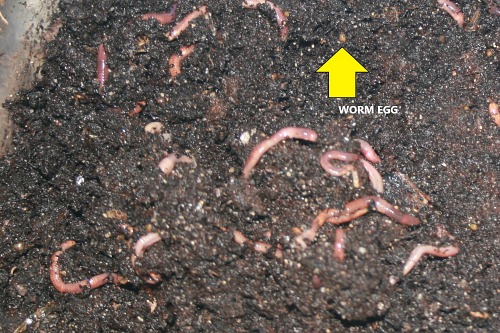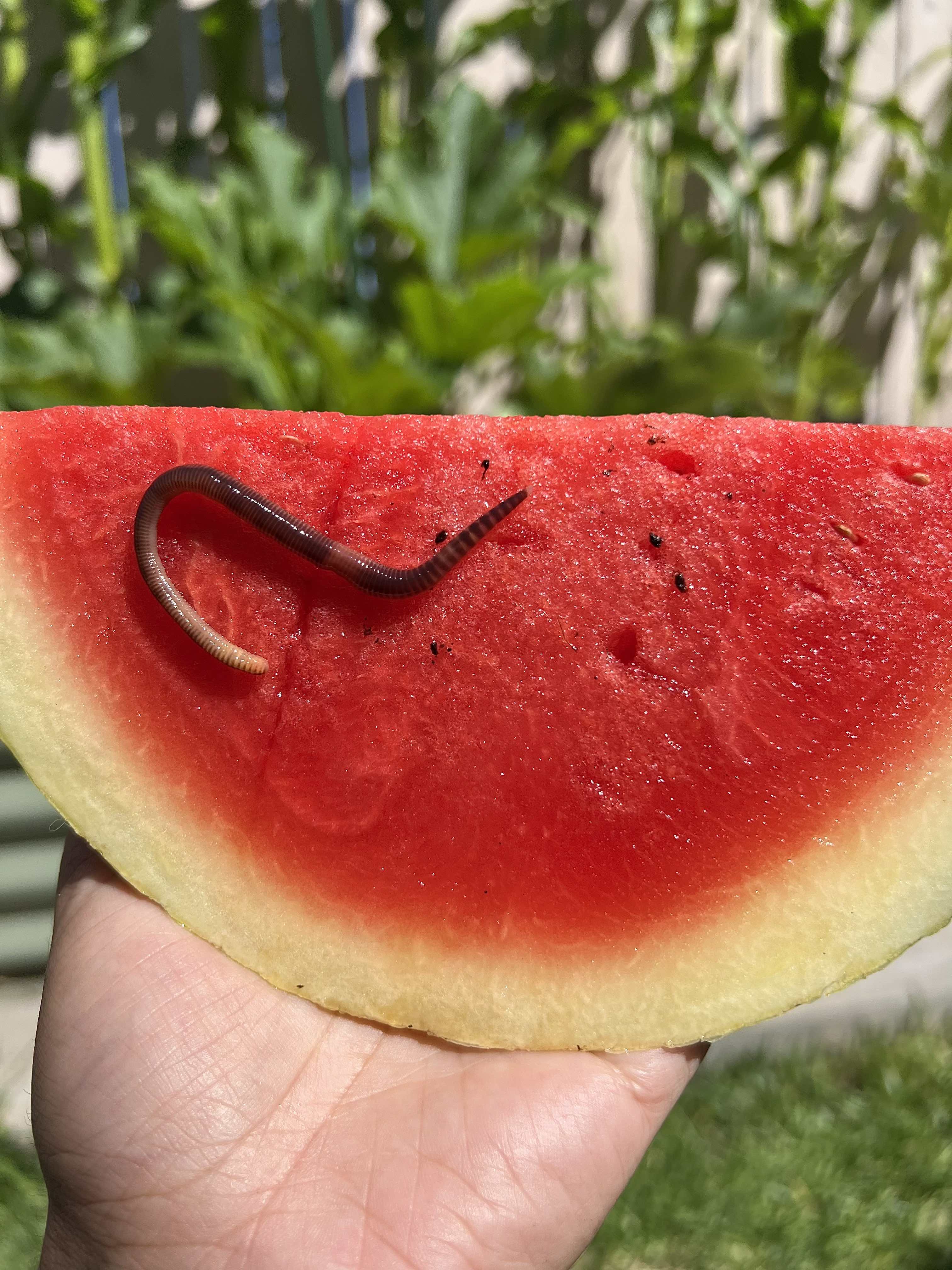Harnessing the Power of Red Wiggler Composting: An Extensive Appearance at the Environmental and Agricultural Conveniences of This Natural Waste Reduction Technique
The method of red wiggler composting stands for an engaging junction of environmental stewardship and agricultural development, using a lasting remedy to the growing challenges of waste administration and soil deterioration. With the all-natural procedure of vermicomposting, natural waste is changed right into a valuable resource that not only enriches soil however likewise adds to a considerable decrease in garbage dump contributions and greenhouse gas discharges. As we check out the diverse benefits of this technique, we discover how it can reshape agricultural practices and promote ecological recognition, motivating a more detailed exam of its possible influence on our neighborhoods and ecological communities.
What Are Red Wiggler Worms?
Red wiggler worms, clinically referred to as Eisenia fetida, are a types of earthworm specifically adjusted for composting and natural waste malfunction. These worms prosper in the nutrient-rich atmosphere of breaking down organic issue, making them excellent for vermicomposting systems. Expanding to a length of approximately 3 to 4 inches, red wigglers are characterized by their reddish-brown pigmentation and distinct banding patterns along their bodies.
Unlike other earthworm varieties, red wigglers choose to inhabit the top layers of dirt and organic particles, where oxygen levels are higher and food resources are abundant. Their physical adaptations allow them to refine organic products effectively; they possess a strong gastrointestinal system that allows them to transform waste into nutrient-rich spreadings, frequently described as "black gold" in horticulture and agricultural contexts.
Eisenia fetida plays a critical duty in the community by facilitating the disintegration process, boosting soil framework, and promoting microbial task. Given their one-of-a-kind qualities and eco-friendly value, red wiggler worms have actually ended up being a main element in lasting waste management techniques and organic gardening initiatives, contributing dramatically to environmental health and wellness.
Advantages for Dirt Health
The incorporation of red wiggler worms in composting systems supplies substantial benefits for dirt health and wellness. These worms play a vital role in the decomposition process, damaging down natural matter into nutrient-rich vermicompost. This natural plant food improves soil water, structure, and aeration retention, adding to an extra beneficial setting for plant development.
Vermicompost is rich in necessary nutrients such as potassium, nitrogen, and phosphorus, which are important for plant advancement (Red Wiggler Composting). The visibility of useful microbes in vermicompost better promotes soil health by enhancing vitamins and mineral accessibility and subduing soil-borne pathogens. This dynamic interaction promotes a robust soil environment that supports sustainable agricultural methods
In addition, red wigglers facilitate the development of humus, a secure raw material that boosts soil fertility and strength. This boosted natural content not just boosts soil texture but also enhances its capacity to sequester carbon, reducing environment modification influences.
Incorporating red wiggler composting right into agricultural systems can, therefore, result in much healthier soils, higher crop yields, and improved sustainability. As a result, welcoming this all-natural waste reduction technique can yield profound advantages for both the environment and farming performance.
Effect on Waste Decrease
Incorporating red wiggler worms right into composting systems considerably decreases waste, transforming natural products that would otherwise add to landfills right into valuable garden compost. This technique, called vermicomposting, efficiently processes kitchen area scraps, yard waste, and other biodegradable products, bring about a considerable decline in the volume of waste sent to garbage dumps. According to the Epa, natural waste comprises a considerable part of land fill components, generating damaging greenhouse gases as it decomposes anaerobically.
By making use of red wigglers, a highly efficient composting agent, households and organizations can draw away a considerable amount of organic waste from these land fills. Each extra pound of red wigglers can refine and consume regarding half an extra pound of natural waste daily, causing an exceptional decrease in general waste generation.
Moreover, the application of vermicomposting supports regional waste management initiatives and promotes a circular economic climate, in which waste is changed right into a source. As neighborhoods progressively embrace this practice, the advancing impact on waste decrease ends up being evident, cultivating an extra lasting environment and encouraging responsible waste management methods. Welcoming red wiggler composting not just mitigates waste problems but also boosts neighborhood recognition regarding sustainable living.
Enhancing Agricultural Practices
Making use of red wiggler worms in agricultural techniques can considerably boost dirt health and wellness and plant productivity. These worms play an essential role in the composting process, breaking down raw material right into nutrient-rich vermicompost. This all-natural plant food boosts soil framework, aeration, and water retention, which are important for robust plant development.
Additionally, click this the castings generated by red wigglers are rich in essential nutrients, such as phosphorus, potassium, and nitrogen, promoting much healthier crops with higher yields. The microbial task stimulated by these worms additionally adds to a successful soil ecosystem, raising biodiversity and durability versus conditions and insects.

Furthermore, using vermicompost can improve soil pH degrees, making nutrients more easily accessible to plants. Red Wiggler Composting. Because of this, farmers can grow healthier crops while at the same time contributing to dirt preservation initiatives, eventually producing a more sustainable agricultural future
Getting Going With Composting
The primary ingredient in red wiggler composting is organic waste, which can include kitchen scraps, backyard waste, and paper items. This equilibrium go to my blog promotes an optimal atmosphere for red wigglers, which are the vital organisms in this composting method.
Selecting a suitable composting system is equally important. Worm containers can be designed for indoor or outdoor usage, and they must give adequate drainage and oygenation. It is recommended to begin with a handful of worms-- roughly one extra pound of red wigglers for each one extra pound of waste produced weekly.

Final Thought

The practice of red wiggler composting represents an engaging crossway of environmental stewardship and farming advancement, using a sustainable remedy to the expanding obstacles of waste monitoring and soil degradation.Additionally, the application of vermicomposting supports local waste monitoring efforts and advertises a circular economic climate, wherein waste is transformed into a resource. As neighborhoods increasingly adopt this technique, the collective result on waste reduction comes to be apparent, cultivating a more lasting setting and motivating responsible waste management techniques. The main component in red wiggler composting is natural waste, which can consist of cooking area scraps, backyard waste, and paper items.In recap, red wiggler composting offers a sustainable service for organic waste administration, yielding nutrient-rich vermicompost that significantly enhances dirt wellness.